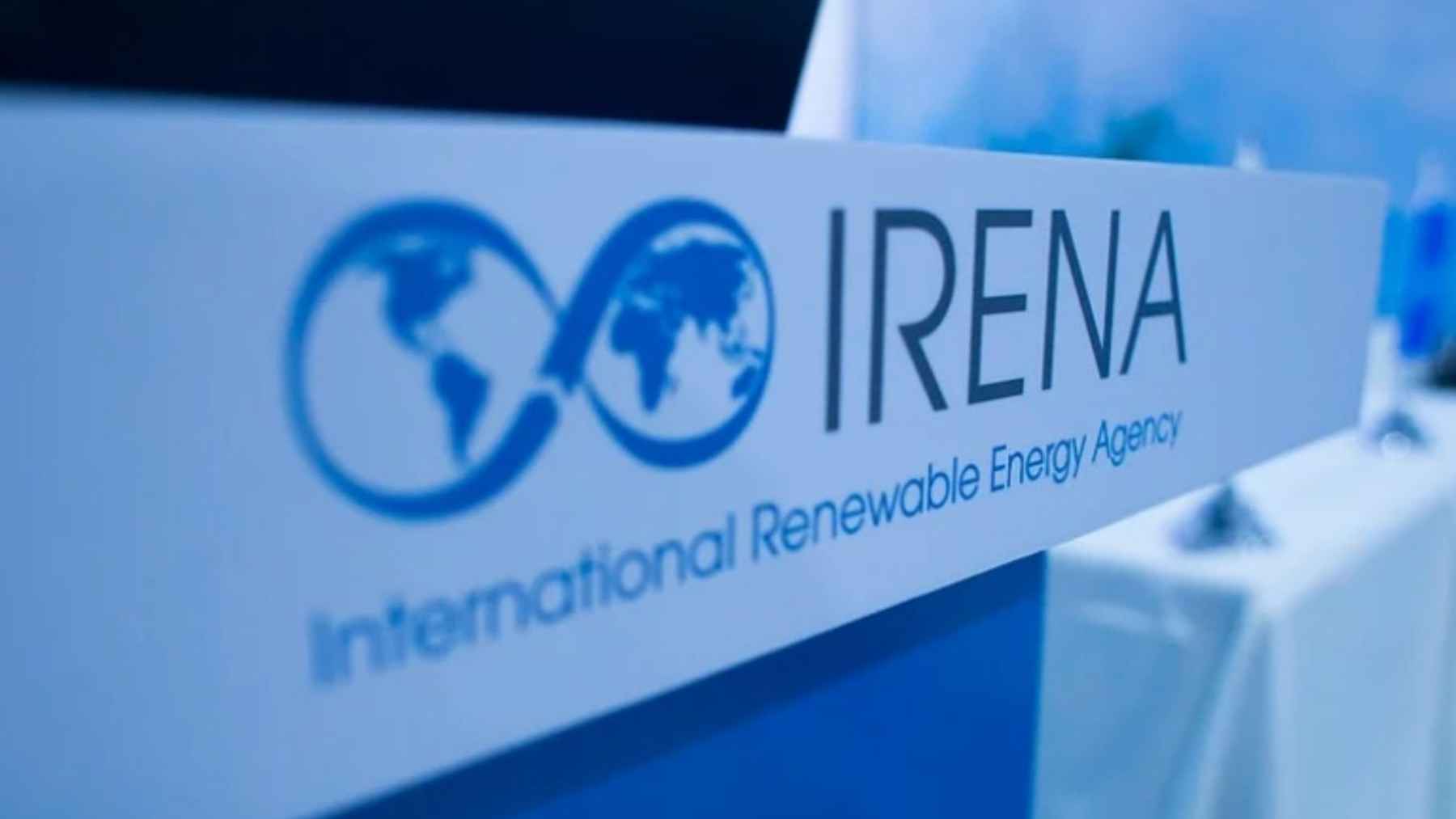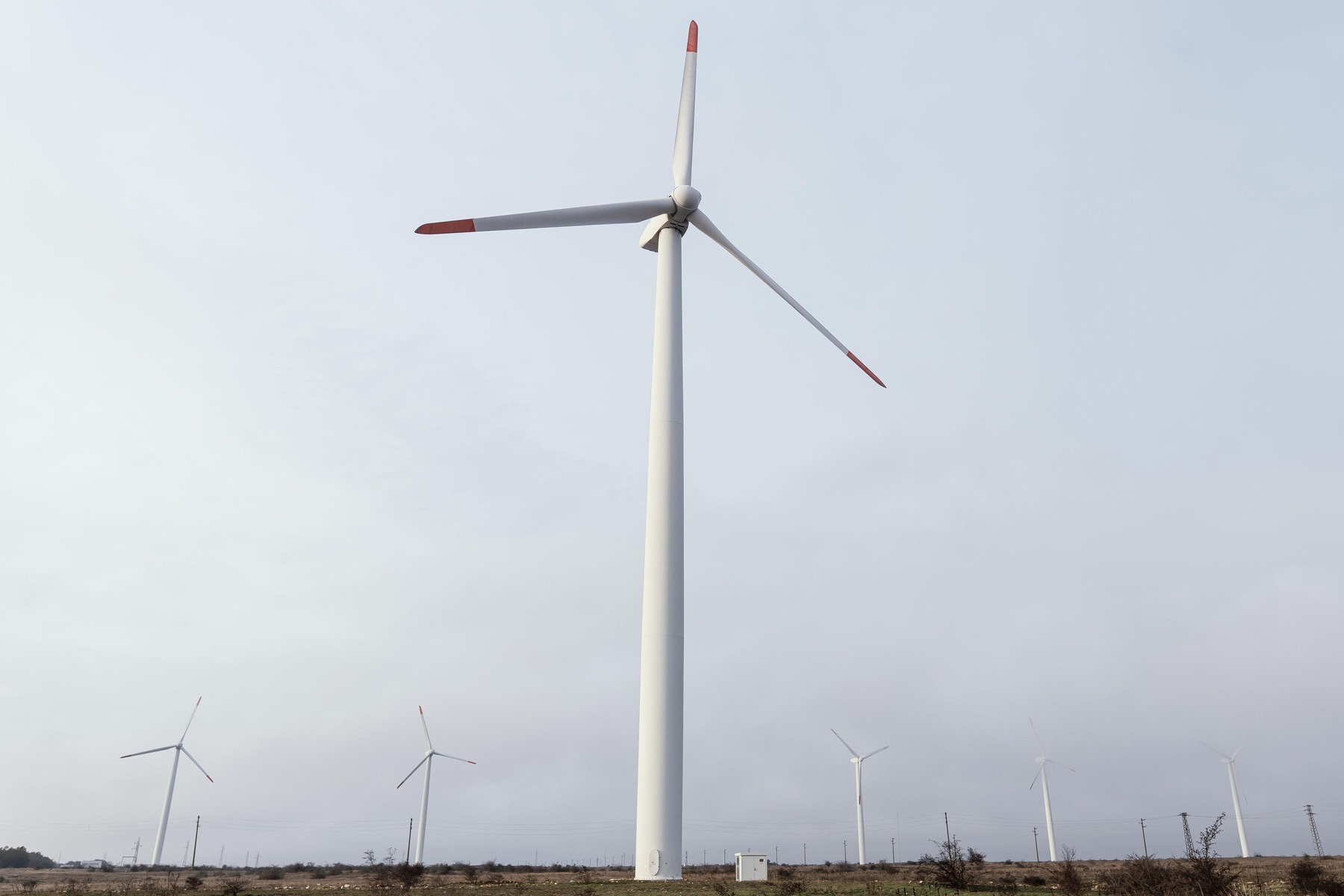This year, the country will add over 5 gigawatts of solar photovoltaic capacity, surpassing Germany and the United States, forecasted a new report from IMS Research, part of consultancy firm IHS Inc.
Japan is making significant strides toward renewable energy development, particularly in solar and wind, in the aftermath of Fukushima disaster in 2011.
This year, the country will add over 5 gigawatts of solar photovoltaic capacity, surpassing Germany and the United States, forecasted a new report from IMS Research, part of consultancy firm IHS Inc.
According to The P.V. Market in Japan report, the Japanese photovoltaic market will explode by 120 percent in 2013 driven by its feed-in tariff for solar projects.
Implemented last July 1, the F.I.T for solar will pay up to 42 yen ($0.44 )per kilowatt hour, twice the rate offered in Germany and more than three times that of China’s. This is likely to be reduced by around 10 percent starting April 1.
“At 42 yen Japan’s F.I.T. is by far the most attractive globally—overly generous perhaps, which could lead to overheating of the market,” said Ash Sharma, senior director of solar research at IHS.
While the 10 percent reduction in tariffs is anticipated by industry players, Mr. Sharma stressed that this will only have little impact on both internal rates of return and market demand. Many systems that have already applied for the higher F.I.T. are able to benefit from the 42 yen rate even if they are installed past April 1.
Japan will see solar installations exceed 1 GW during the first quarter alone, making it the second largest market in 2013 after China.
“Mega solar” projects or those having more than 2 megawatts in Japan are found to be a key driver for the country’s triple-digit P.V. growth rate.
Two of the mega solar projects currently in Japan’s pipeline are trading company Marubeni’s 81.5 MW P.V. plant in the coastal industrial area of Oita City (see related story), and electronics and ceramics manufacturer Kyocera’s 70 MW P.V. facility in Kagoshima City (see related story).
“These so-called ‘mega-solar’ projects are being deployed at a rapid rate, and we expect they will account for approximately 25 percent of total demand in 2013,” stressed Frank Xie, report co-author and IHS senior analyst for P.V. and solar research. “Government policy is in clear support of these projects while the country grapples with severe energy shortages following its shunning of nuclear power.”
However, he noted that such trend is expected to be short-lived, with development of large solar power plants facing a decline after 2014 due to shortage of land in the country.
The Japanese government aims to have 28 GW of solar generating capacity by 2020 and 53 GW by 2030.
Similarly, a wind energy boom is also foreseen for Japan in 2013 as it plans to build 1 GW wind farm off the coast of Fukushima Prefecture, the largest in the world. According to another report by Frost and Sullivan, the growth of the nation’s wind industry is hoped to help the global wind industry recover from a slowdown it had experienced last year (see related story).
The government also have a generous incentive scheme for wind energy projects priced at 23.1 yen ($0.6) per kilowatt-hour, double the rate in Germany. – C. Dominguez






















